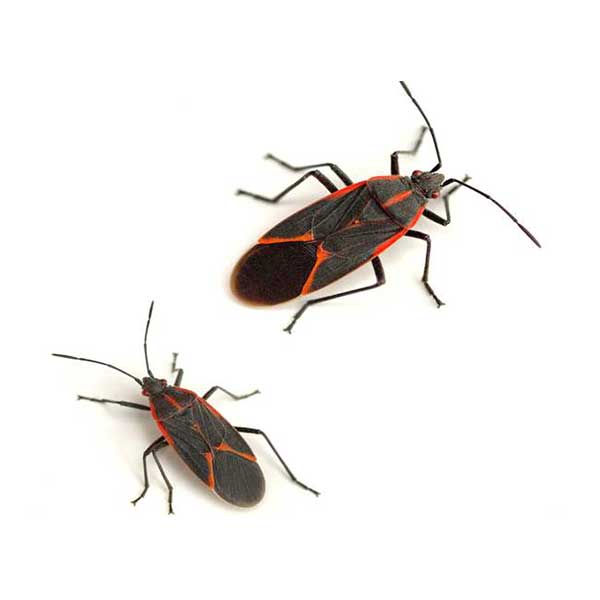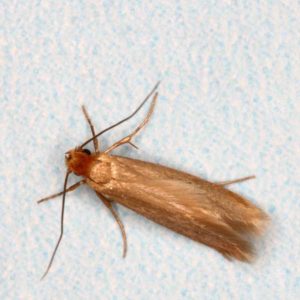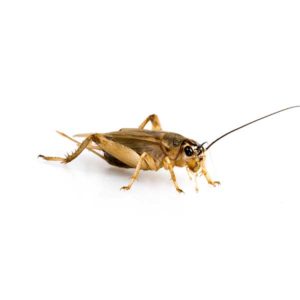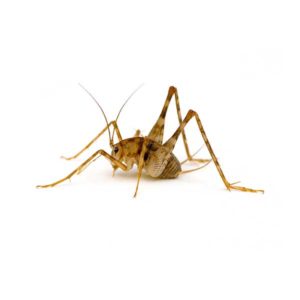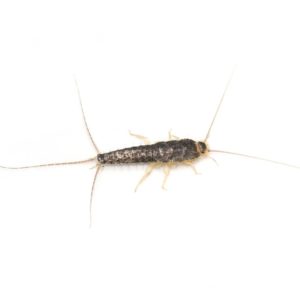Boxelder Bugs in North Carolina
Boxelder bugs are true bugs and named for their prime host, the boxelder tree, which is cultivated throughout the United States. Boxelder bugs usually feed on the leaves, flowers, and seed pods of the box elder tree, although they occasionally occur on maple and ash trees. These bugs often become nuisances in the fall as they congregate in search of an overwintering site. Like many other pests, boxelder bugs will often be seen either when they enter a home to overwinter, or when they emerge as spring rolls around.
Because there are many different types of insects in North Carolina, they can be difficult to distinguish, however our common insect species can help with this.
Boxelder Bug Habitat
In the fall, adult boxelder bugs assemble on the south sides of trees, rocks, and buildings to warm themselves in the sun. After large masses of bugs accumulate, they tend to fly to nearby buildings or other protected sites where they hibernate for the winter. They will enter homes and buildings and hibernate within the walls of the structure. Boxelder bugs do not reproduce inside homes but enter through windows, doors, ceiling lights, soffit and dryer vents, outdoor faucets, and on the siding of a home.
Boxelder Bug Behaviors, Threats, or Dangers
During the winter months, individuals or small parties of boxelder bugs enter homes and fly into windows, bathtubs, and sinks, congregating on the floor adjacent to their overwintering harborage. Boxelder bugs can be annoying and may spot curtains, furnishings, and clothing with their excrement. When crushed, they give off an offensive odor. If trapped in basements or houses, they will eventually die.
If you have a boxelder bug infestation, always contact your local pest control professional for assistance.
Boxelder Bug Bites
Boxelder bugs are generally not known to bite, though there are rare reports of defensive biting. These bites are not known to transmit diseases or cause significant harm, resulting in little more than minor irritation in most cases. These bugs do not sting and are not known to cause damage to homes, however, their feces can stain light-colored surfaces.
Signs of a Boxelder Bug Infestation
The most apparent sign of a boxelder bug infestation is the presence of large numbers of these insects congregating on the sunny side of buildings, trees, and rocks, especially during the fall. Inside homes, they are often found around windows, in bathtubs, and sinks, indicating they are seeking overwintering sites. Another sign is the staining of curtains, furnishings, and clothing with their excrement, which can leave behind unsightly marks on light-colored surfaces.
Are Boxelder Bugs Dangerous?
While boxelder bugs are considered a nuisance, they pose no significant danger to humans or pets. Their sheer numbers can though be overwhelming and unsightly, especially when they invade homes in search of overwintering sites.
How to Get Rid of Boxelder Bugs?
Effective control of boxelder bugs involves a combination of preventative measures and direct action:
- Exclusion: Seal cracks and gaps in the home’s exterior, including around windows, doors, and foundation, to prevent bugs from entering.
- Mechanical Removal: Use a vacuum cleaner to remove boxelder bugs from inside the house. Ensure the vacuum bag is promptly disposed of to prevent them from escaping.
- Chemical Control: Insecticidal soaps or pyrethroid-based insecticides can be applied to the exterior of buildings where bugs congregate, though such measures should be used sparingly and according to environmental guidelines.
Boxelder Bug Prevention Tips
Preventing an infestation is often easier than controlling one. Maintain screens on windows and doors to block entry, remove boxelder trees near the property if feasible, and regularly inspect and seal potential entry points in the home’s exterior. Reducing outdoor lighting can also deter boxelder bugs, as they are attracted to lights during their mating season.
Need help with Boxelder Bugs control?
FAQs
Should I Worry About Boxelder Bugs?
While boxelder bugs are more of an annoyance than a health or structural threat, large infestations can be disruptive and unsightly. Taking steps to prevent their entry and consulting with our trained experts can help manage their presence effectively.
What Does It Mean When You See a Boxelder Bug?
Seeing boxelder bugs, especially in large numbers, typically indicates that their preferred habitat, the boxelder tree, is nearby. These insects are attracted to the warmth and shelter provided by buildings and homes as they prepare for overwintering during the colder months. The appearance of boxelder bugs in or around your home during the fall can also suggest they are seeking entry points to find a suitable place to survive the winter. Their presence is more common in sunny areas where they can bask and warm themselves.
What Attracts Boxelder Bugs to My House?
Boxelder bugs are primarily attracted to homes for two reasons: warmth and shelter for overwintering. They are drawn to buildings that receive ample sunlight, particularly the south and west sides where the sun is most direct. These insects are looking for crevices and openings where they can enter to find a safe spot to spend the winter. Entry points include gaps around windows and doors, siding, utility pipes, and underneath exterior facades.

